|
Monty Roberts; geen onbekende naam in de paardenwereld en een waar veel van ons mee zijn opgegroeid.
Termen als een round-pen werden (in Nederland) nieuw leven in geblazen en van een Join-Up hadden we destijds nooit gehoord, behalve misschien uit de Heartland boeken van Lauren Brooks. Desondanks stonden we met verbazing te kijken hoe deze man wilde/feral paarden in 1 sessie weer gewillig en kalm leek te krijgen en ze zelfs direct kon rijden. Hoe kies ik de juiste tools?
De meeste keuzes die ik maak wat betreft (ook) de tools waarmee ik werk, maak ik grotendeels gevoelsmatig.
Toen ik in 2017 aan het werk ging in Amerika en te maken kreeg met echt zwaar getraumatiseerde of wilde paarden, voelde meer druk/leverage/tools juist niet logisch voor mij. Dit soort paarden (en eigenlijk alle paarden) wil ik zo veel mogelijk vrijheid geven en zo min mogelijk opties om tegen te vechten. Een optie die de Dually Halters bemoeilijkt en in sommige gevallen zelfs in zijn geheel wegneemt. Maar ondanks mijn intuïtieve (en averechtse) reacties op bepaalde onderwerpen, ben ik altijd nieuwsgierig naar de wetenschappelijke onderbouwing. Dus toen in januari 2020 een wetenschappelijk onderzoek uitkwam met resultaten die precies dat onderstreepten en bevestigen wat ik gevoelsmatig al wist, ben ik alleen maar meer gaan luisteren naar mijn eigen gevoel. Het onderzoekDoor Dr David Marlin 27 januari 2020 "TRAINING HEADCOLLARS AND THEIR EFFECT ON HORSE BEHAVIOUR - OLIVIA TURNER" *** GUEST POST *** by Olivia Turner B.Sc Hons, Animal Behaviour Consultant & Equine Bitting Specialist Handling issues are very common in the horse world and there are many gadgets and training aids available which claim to fix the problem, but what effect do these have on equine emotional state and behaviour? The gadgets utilise pressure, the more pressure you apply, the more uncomfortable it becomes for the horse. The goal being that the pressure motivates the horse to perform the right behaviour, then the handler releases that pressure. This method of pressure and release is called negative reinforcement. A stimulus is removed to increase the performance of a behaviour, e.g. applying pressure on a headcollar (HC) for a horse to stop, then releasing the pressure the second the horse stops. The horse will learn on the release of that pressure, so if your timing isn’t accurate the horse will find it harder to learn what you intend it to. Techniques (such as pressure and release) are only deemed ethical if they are proportionate to the desired response, are predictable for the horse and are released immediately upon the correct response (McLean and McGreevy, 2010). The context of the situation is very important when we’re thinking about using aversive stimuli. In a fearful situation what we really want is for the horse to relax, listen and learn something positive about what’s frightening them. Applying increasing amounts of pressure that is magnified by a training HC might get the job done, but at what cost to the emotional welfare of your horse? If you’re frightened and someone puts pressure on you, what’s your first response and how does it make you feel? There is a level where pressure becomes a punisher and it’s something I see a lot of when watching people train in training HC’s. The horse doesn’t offer the right behaviour, so they ramp up the pressure very quickly or hold it for a longer duration. What they fail to notice are the early indicators given by the horse that it wasn’t coping in that situation. Now the pressure has been escalated and they’ve made the horse feel worse about what’s going on, rather than teaching it the desired response in a more ethical way. So, the horse might perform the desired behaviour, but is experiencing emotional conflict, stress and discomfort while doing so. For example: your horse is frightened of the trailer, forcing it on by increasing aversive pressure will eventually work. However, you haven’t made the experience positive or enjoyable. Your horse is ‘behaving’ as a result of active punishment and discomfort, not because it’s truly happy at walking onto the trailer. There are a number of training HC’s on the market, perhaps the most common is the Dually Headcollar, designed by Monty Roberts. This magnifies the pressure a handler can apply in a normal headcollar and concentrates it on the nose and subsequently will create some poll pressure. Research by Iijichi et al, 2018 looked at the effects on compliance, discomfort and stress in naïve horses trained with a Dually and a normal HC in 2 novel handling tests. Their results showed that the Dually didn’t increase compliance compared to a standard HC and it caused an increase in discomfort as measured by the Horse Grimace Scale (HGS). Other similar HC’s on the market are the Ezy Loader, the Eskadron Control Headcollar and the Be Nice Halter. All give the handler a mechanical advantage and apply escalating pressure to the horse. Research has already proven that high pressures on the nose and poll caused by tight bridles and nosebands increase stress, handler avoidance, tissue damage and head shyness (Doherty et al, 2016; Fenner et al, 2016; Hockenhull and Creighton, 2013 and McGreevy et al, 2012). All things we want to avoid when teaching horses to be safe and relaxed when being handled by us on the ground. It would be interesting to see what pressures on the facial tissues are actually being exerted by these HC’s and to assess the consequences on equine emotional state and welfare. Once we understand why a horse isn’t doing a behaviour that we want, we can see things from their perspective and know which area of training needs more practice. All horses are individuals and will respond differently to various training methods, just make sure your timing is correct and you’re rewarding your horse for the behaviours you want! TAKE HOME POINTS * Increasing aversive pressure will only increase discomfort, stress, fear and pain. You might get the behaviour you want, but your horse was in a negative emotional state and therefore won’t have made a positive memory at performing that behaviour. * Identify why your horse won’t do something and focus on re-training the behaviours needed to do it. * Aim to train your horse to respond to a light aid and proof that behavioural response by practising it in a variety of situations. * Make sure your timing is accurate and reward the ‘try’ if your horse is struggling. * Be predictable for your horse and make it easy for them to get the answer right. * If your horse is struggling with something scary like trailer loading, then be realistic with what they can manage in any one session. That competition you’ve got planned might need to wait! * Don’t rush anything, be relaxed and go at the pace your horse is comfortable with. * Interested in scoring equine facial expressions for yourself? Then download the HGS app: https://awin-project-hgs.en.aptoide.com/ References: Docherty, O., Casey, V., Arkins, S., 2016. An investigation into noseband tightness levels on competition horses. Journal of Veterinary Behaviour. 15,pp.78-95. Fenner, K., Yoon, S., White, P., Starling, M., McGreevy, P., 2016. The Effect of Noseband Tightening on Horses’ Behaviour, Eye Temperature, and Cardiac Responses. PLoS ONE. 1:5,pp. 1-20. Hockenhull, J. and Creighton, E., 2013. Training horses: Positive reinforcement, positive punishment, and ridden behaviour problems. Journal of Veterinary Behaviour. 8,pp. 245-252. Iijchi, C., Tunstall, S., Putt, E., Squibb, K., 2018. Dually Noted: The effects of a pressure headcollar on compliance, discomfort and stress in horses during handling. Applied Animal Behaviour Science. 205,pp.68-73. McGreevy, P., Warren-Smith, A., Gruisard, Y., 2012. The effect of double bridles and jaw-clamping crank nosebands on temperature of eyes and facial skin of horses. Journal of Veterinary Behaviour. 7, pp. 142-148. McLean, A., McGreevy, P., 2010. Ethical equitation: Capping the price horses pay for human glory. Journal of Veterinary Behaviour. 5,pp. 203-209. Paarden zelf geven dus ook de voorkeur aan een trainingshalster zonder hefboomwerking/leverage: "Their results showed that the Dually didn’t increase compliance compared to a standard HC and it caused an increase in discomfort as measured by the Horse Grimace Scale (HGS)." Touwhalsters, kaptomen en/of nylon/biothane halsters zijn fijnere en veilige tools om mee te werken en communiceren, doordat er geen hefboomwerking aanwezig is wanneer we de fysieke druk opvoeren. De zogenoemde 'consequentie' als het paard tegen de druk in beweegt, blijft dus uit. Zoals met meer tools het geval is zal de Dually in de juiste handen geen schade aanrichten; zolang deze niet ingezet wordt bij zwaar getraumatiseerde of wilde paarden want hun 3 Second Window is ontzettend klein! Dit betekent dat de quick release van -in dit geval- een Dually meer schade dan goeds aan kan richten, waardoor het fijner kan zijn jezelf bekend te maken met tools die te allen tijden toepasbaar zijn en op ieder individueel paard. Naast het feit dat ik het persoonlijk niet fijn/eerlijk vind om met extra/veel druk te werken, heeft werken op gevoel echt mijn voorkeur; en 'Feel can be taught, but not always learned'. Wat het dus moeilijker maakt om 'het juiste te doen' of om te bepalen wanneer een tool zich 'in de juiste handen begeeft'. Want wie beoordeeld en beantwoord deze vragen en situaties? En is dat wel objectief? Als je moeite hebt met het kiezen van de juiste/meest vriendelijke/eerlijke tools om mee te communiceren en werken, helpt het wellicht om aan te denken aan deze quote, die mij helpt om dingen in het juiste perspectief te (blijven) zien: "You will never have to force anything that is truly meant to be" "Increasing aversive pressure will only increase discomfort, stress, fear and pain. You might get the behaviour you want, but your horse was in a negative emotional state and therefore won’t have made a positive memory at performing that behaviour." Nog zo'n waardevolle zin uit bovenstaand onderzoek, die belicht waarom ik niet achter principes sta die gedrag 'shapen' of 'redirecten'; zo ontstaat inderdaad het gewenste gedrag, maar vanuit welke emotie stamt dit? Acceptatie, omdat het paard het samenwerken leuk vindt? Of irritatie en tolerantie, omdat het paard onder jouw druk uit probeert te komen en zich vanuit stress/angst/kwaadheid overgeeft? 'Volg het paard en niet de methode' is dus ook toepasbaar op de tools waarmee we werken en als we eerlijker en met een open mind durven kijken naar onze paarden, laten zij hun gevoel vaak al tijdig aan ons merken. De massa
Iets waar we bij het uitkiezen van tools misschien niet zo snel/lang bij stilstaan, maar zo belangrijk is; de massa van het object!
Persoonlijk geef ik bijvoorbeeld de voorkeur aan een lichtgewicht halster, zonder hardware, zonder leverage en van niet te zacht of hard materiaal. De Dually checkt dus alle punten aan die ik persoonlijk probeer te vermijden; een handige test om even te checken of de tools waar je voor gekozen hebt ook daadwerkelijk passen bij jou/jouw training. Een voorbeeld uit de praktijk, via een collega (vertaald); 'Ik heb mijn paard nu twee jaar, ze is bijna drie. Ik heb Monty's boek gekocht om haar te kunnen trainen en ik begon met een geknoopt touwhalster in plaats van de Dually. Inmiddels heb ik er 1 aangeschaft maar alleen het geluid van het hardware maakt haar zo nerveus, het duurt weer erg lang voor ik haar kan overtuigen dat het veilig is. Ze is nog jong en heel intelligent, ze volgt me overal en als ik haar touwhalster om wil doen komt ze naar me toe en stopt ze zelf haar neus door het halster!
Een voorbeeld van hoe een paard zelf dus aan kan geven zich wantrouwend te voelen tegenover een nieuwe situatie; in dit geval het introduceren van een nieuw trainingshalster. In de video hieronder zie je hoe Walter op een soortgelijke manier reageert op zijn kennismaking met een kaptoom. Let op hoe ik te werk ga wanneer Walter (vanuit wantrouwen) weg stapt.
|
| Meer weten over (het gebruik van) Ashwagandha? Neem contact op! Het Adaptonicum voor paarden bestellen? Dat kan via: www.degroeneos.nl |
Liefs,
Zoë van Mourik | Equine Trauma & Behavior Specialist
www.zoevanmourik.com & www.houseofhorsemanship.nl
What makes a 'Trainer'? Riding horses all day? Being overpaid for doing seemingly simple things? But at the same time having trouble to make ends meet every month? There are many contradictions out there but unfortunately, some of them are true. And we should absolutely talk about that.
Because we are so much more than just 'a trainer'. We are the ones who gradually expose your horse to certain troubled areas, so you can have safe rides. We are the ones who carefully swing our leg over their backs for the first time, giving them a strong foundation for you to work with. Our job description ranges from crash-dummy to being a social worker. Why? Because we don't believe in fixed approaches; we believe in the process of every individual horse. Because ultimately we want to give you a 'ready' and reliable horse with said foundation. We enjoy our present rides with them just as much as we want you to enjoy your future ones, together.
Building such a foundation takes time. Transferring all of this information to a horse’s owner also takes time. We as trainers know the emotional investment it takes, which often makes the financial investment pale in comparison. Meaning lots of good trainers will actually give you more than just your money's worth. No matter the future discipline of your horse; a good foundation can help get you there, so always invest in good trainers. They are your horse's building blocks.
Be Grateful For Your Trainer(s) Today
by Zoë van Mourik | Equine Trauma & Behavior Specialist
www.zoevanmourik.com & www.houseofhorsemanship.nl
Een ander topic dat tijdens sessies met klanten en collega's regelmatig voorbij komt is de aanschafprocedure van een getraumatiseerd/verwaarloosd paard, via bijvoorbeeld een opvang. Want waar komen deze prijzen vandaan? Waarom zit er zo'n verschil in die prijzen? Is dat niet te veel voor een adoptiepaard?
Allereerst is het verstandig om na te gaan waaròm je een adoptiepaard wil. Maak je deze keuze uit financiële overwegingen, omdat je denkt dat je zo goedkoper uit bent? Of wil je een paard een betere toekomst bieden? Er is hier eigenlijk maar 1 goed antwoord..
Een dier aanschaffen en onderhouden is namelijk nooit goedkoop. En onderhoud (zoals ziekten) kun je niet vooraf bepalen, zoals bij de aanschafprijs wel het geval is. Het is dus een fabel dat een duur paard nooit ziek is, of een adoptiepaard altijd in de lappenmand zit.
Maar hoe wordt die aanschafprijs nou bepaald?
Daar komen verschillende factoren bij kijken, te beginnen met wat je doel is met dit paard, wat je eigen skill level is. Een goed getraind en op wedstrijd uitgebracht adoptiepaard is logischerwijs duurder dan een wat ouder recreatiepaard. Trainingskosten dus.
Andere zaken waar veel geld naartoe gaat voordat een paard geadopteerd is, zijn (in de US) het betalen van een fee bij o.a. veilingen, transportkosten, quarantainekosten, stallingskosten, voeding (extra nutrition), basis zorg, speciale zorg (na bijvoorbeeld een fysiek trauma of ziekte) en uiteindelijk training. De gemiddelde prijs van een adoptiepaard dekt vaak nog niet eens de helft van al deze onkosten..! Een adoptiepaard kost in de 1e week na aankomst bij een opvang gemiddeld € 1000,-. In alleen de eerste week! Iets om over na te denken...
Set yourself up for success!
Liefs,
Zoë van Mourik | Equine Trauma & Behavior Specialist
www.zoevanmourik.com & www.houseofhorsemanship.nl
Dit kan zich uiteindelijk uiten in bijvoorbeeld;
- handen niet stil kunnen houden
- onhandigheid
- verminderde concentratie
- een slechte houding
- scheefheid/onrustige houding in het zadel
- & meer
Om het belang van 'Aarden' en even landen in je eigen lijf en bubbel te onderstrepen begint elke Gedragscursus met een lichaamsbewustwordingsoefening. Zonder paard, om even te voelen hoe het met jou gaat. Hoe voel je je? Hoe adem je? Waar voel je spanning? Niets is goed of fout; het gaat om de bewustwording.
Door met deze informatie over ons eigen zijn de training/cursus te beginnen, is het al gemakkelijker om in jouw flow te blijven en uit je hoofd. Probeer je minder bezig te houden met oordelen en meer met observeren en ervaren; dit lijkt simpel, maar durven doen in plaats van denken is voor veel van ons een behoorlijke stap!
Een oefening als deze helpt je dus om een betere connectie met jezelf en je lijf aan te gaan, iets waar een paard ook sterk op reageert en behoefte aan heeft. Uiteindelijk zul je zien dat jouw mindset/level van zelfbewustzijn en observeren ook overslaat op het kunnen (h)erkennen van onderdrukte emoties/een gespannen gemoedstoestand van een paard, in plaats van gedrag te blijven redirecten of vermenselijken.
Proprioceptie is dus voor zowel paard als mens belangrijk
Liefs,
Zoë van Mourik | Equine Trauma & Behavior Specialist
www.zoevanmourik.com & www.houseofhorsemanship.nl
'De Decompressing Period is een term die de periode aanduidt waarin een paard emotioneel weer tot zichzelf kan komen'
• 𝘞𝘢𝘢𝘳𝘰𝘮 𝘴𝘵𝘰𝘯𝘥 𝘞𝘢𝘭𝘵𝘦𝘳 𝘢𝘭𝘭𝘦𝘦𝘯?'
Walter was zo onrustig dat hij andere ruinen bleef aanvallen of de merries probeerde te dekken. Hij stopte niet en gaf zichzelf zo alleen maar meer stress.
Elke Decompressing Period is dus anders en 'op maat gemaakt'. Walter stond al 1.5 te decompressen voordat ik met hem ging werken. Afhankelijk van de stress responses/releases die je observeert tijdens het voeren en uitmesten kun je bepalen wanneer het tijd is om de rehabilitatie en training te starten en op welke manier. Op afstand beginnen is vaak een fijne en veilige start voor zowel paard als mens en kun je afhankelijk van het paard steeds verder uitbouwen tot benaderen, aanraken, halsteren, etc.
》Meer over de Decompressing Period lees je binnenkort in Boek 1 van de Equine Trauma & Behavior opleiding!
Liefs,
Zoë van Mourik | Equine Trauma & Behavior Specialist
www.zoevanmourik.com & www.houseofhorsemanship.nl
Author
Zoë van Mourik: Equine Trauma Specialist, Behaviorist
Archives
June 2024
April 2024
November 2023
August 2023
June 2023
November 2022
October 2022
August 2022
June 2022
May 2022
Categories
All
Abuse
Adaptogeen
Arabier
Balance Pad
Bitloos
Bodywrap
Buck-brannaman
Case
Collaboration
De Groene Os
Disregulatie
E+
Energy Healing
Energy Therapy
English
ESDR
Fysieke Problemen
Gangenpaarden
Gedrag
Gedragsproblemen
How To
Iet
Insights
Jonge Paarden
Kruiden
Maagproblemen
Metaphysics
NATO
Natural Horsemanship
NeuroRehabilitation
Partnerschap
Psychology
Ras
Rehabliteren
Retreat
Review
Ruiters
Self Development
Self-development
Serie
Shamanism
Story
Training
Update
Usa
Vermenselijken
Video
Wetenschap
Wilde Paarden
Zintuigen
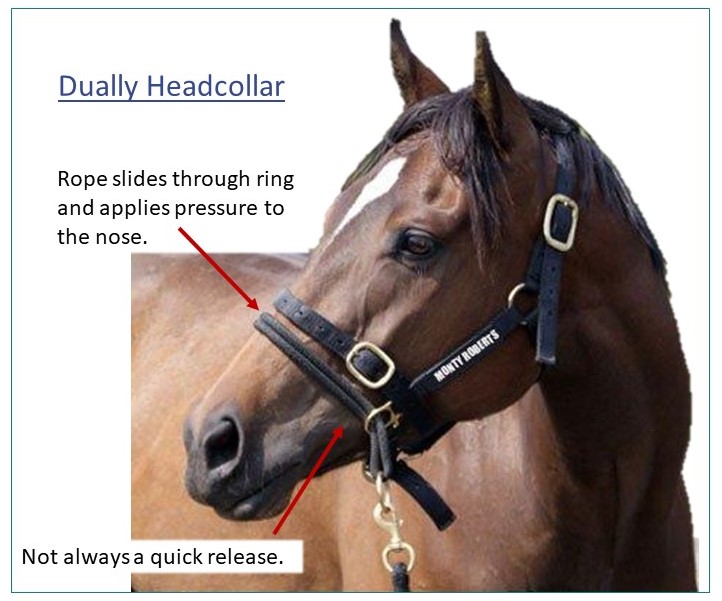
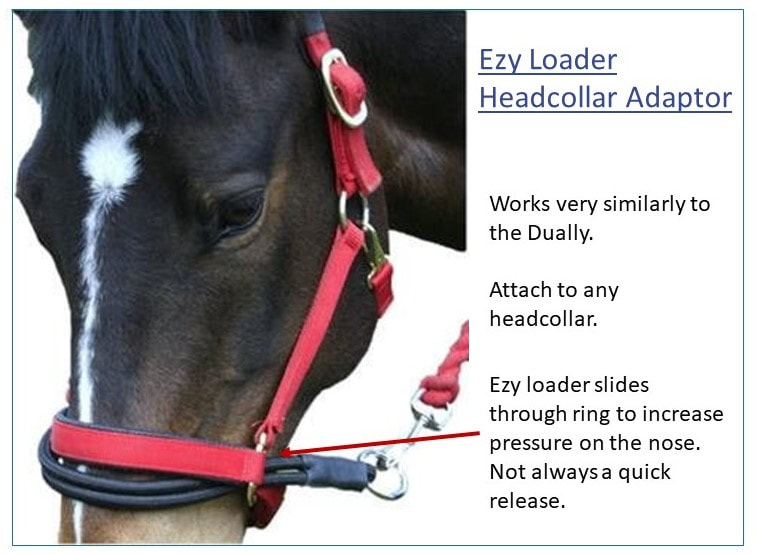
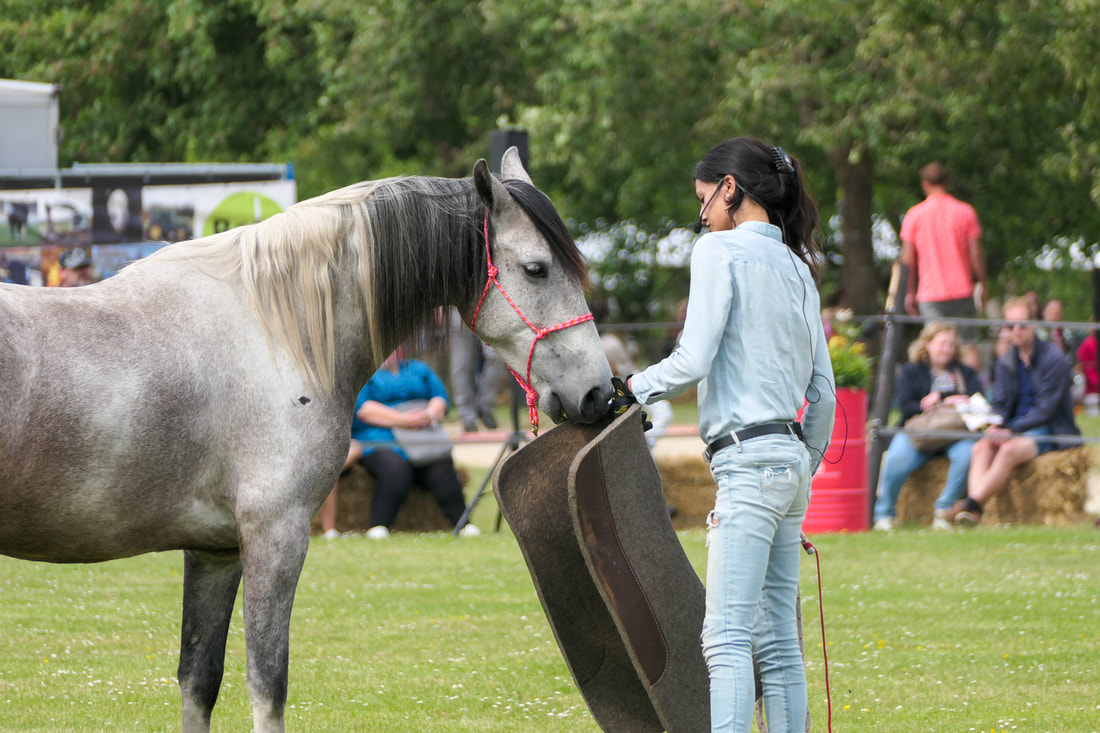
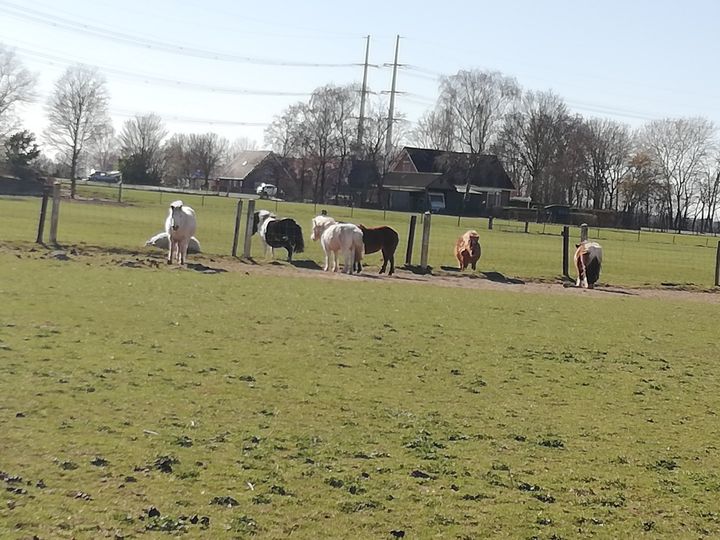
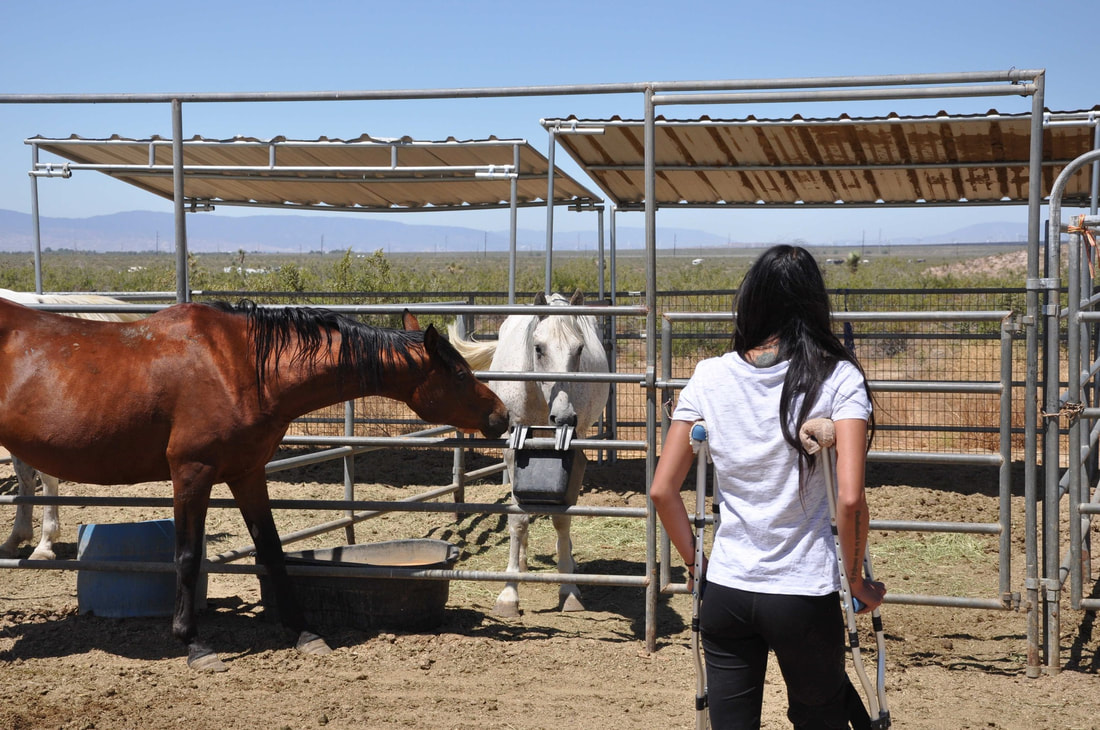
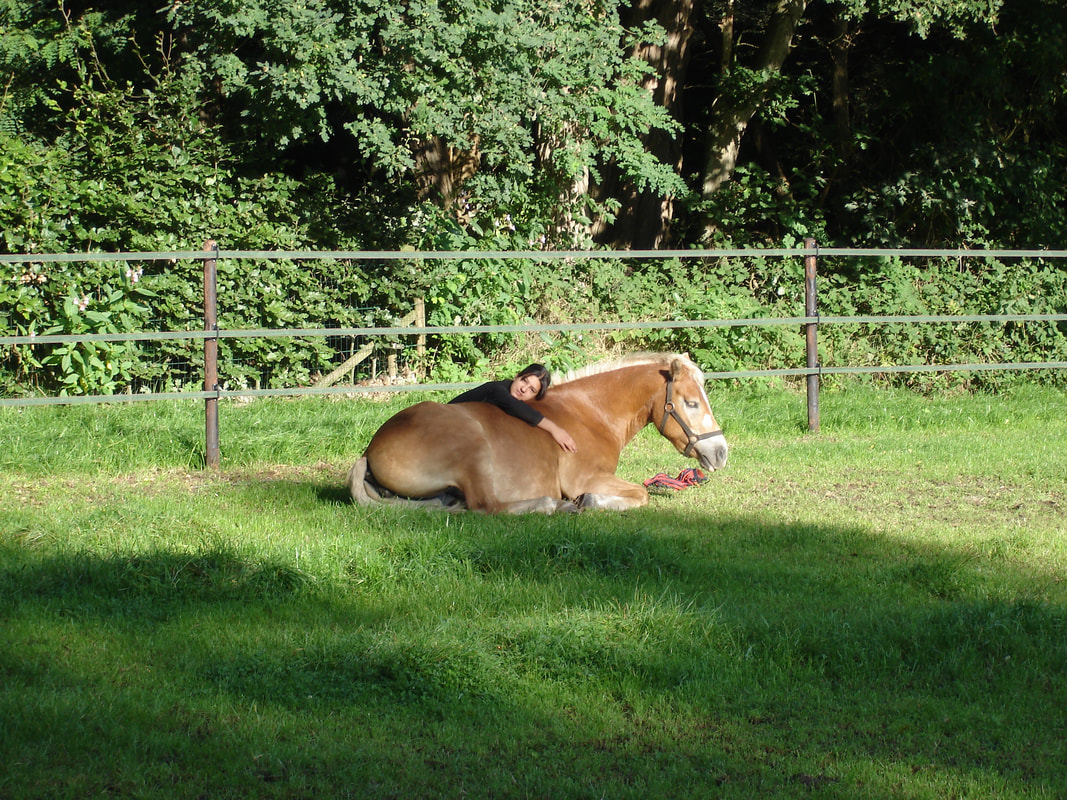
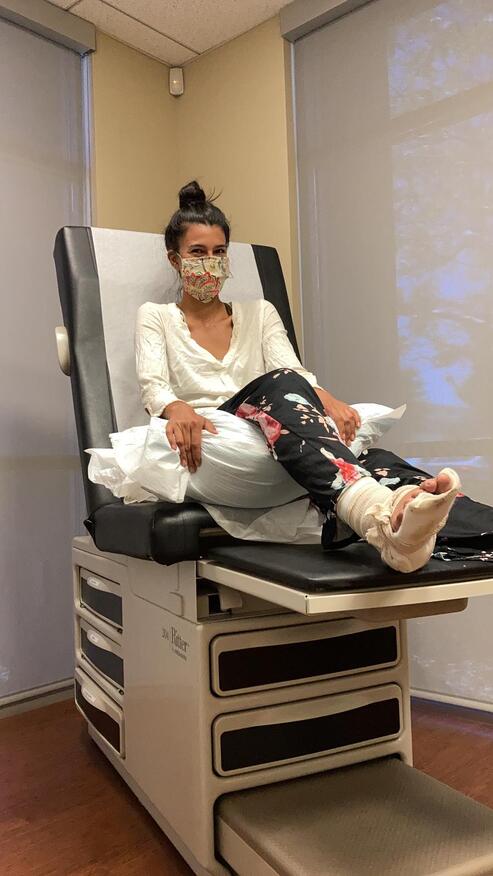
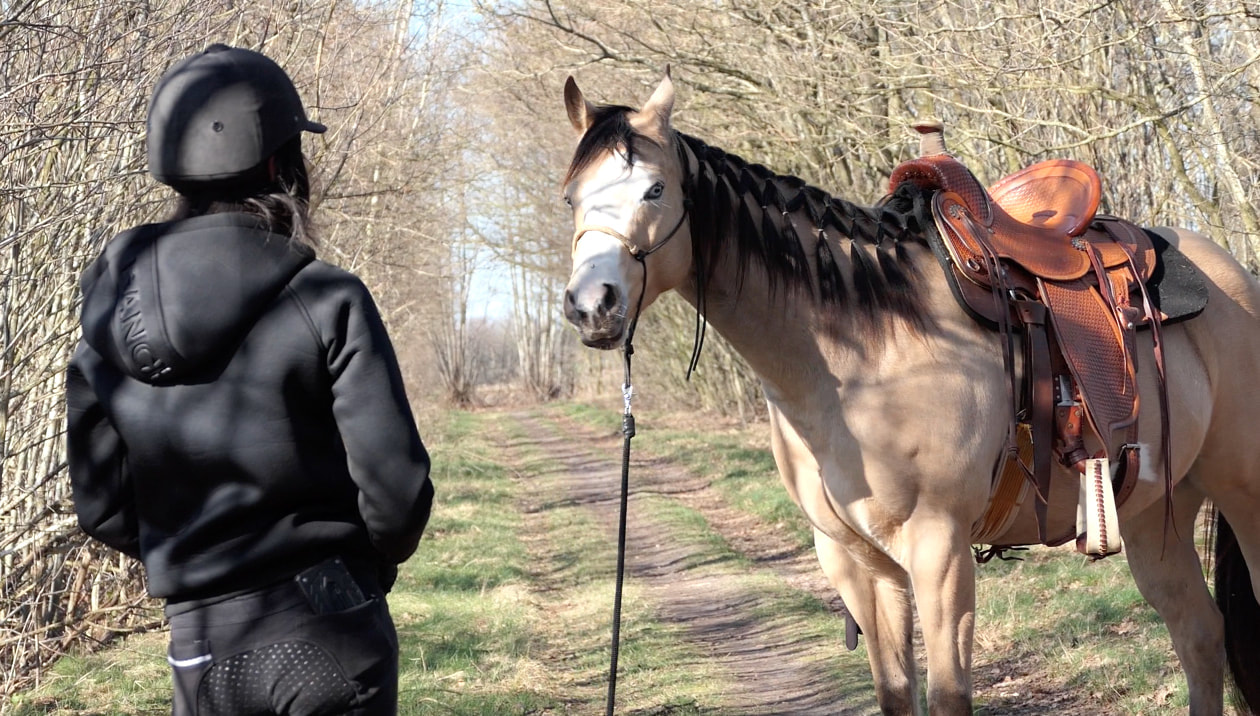
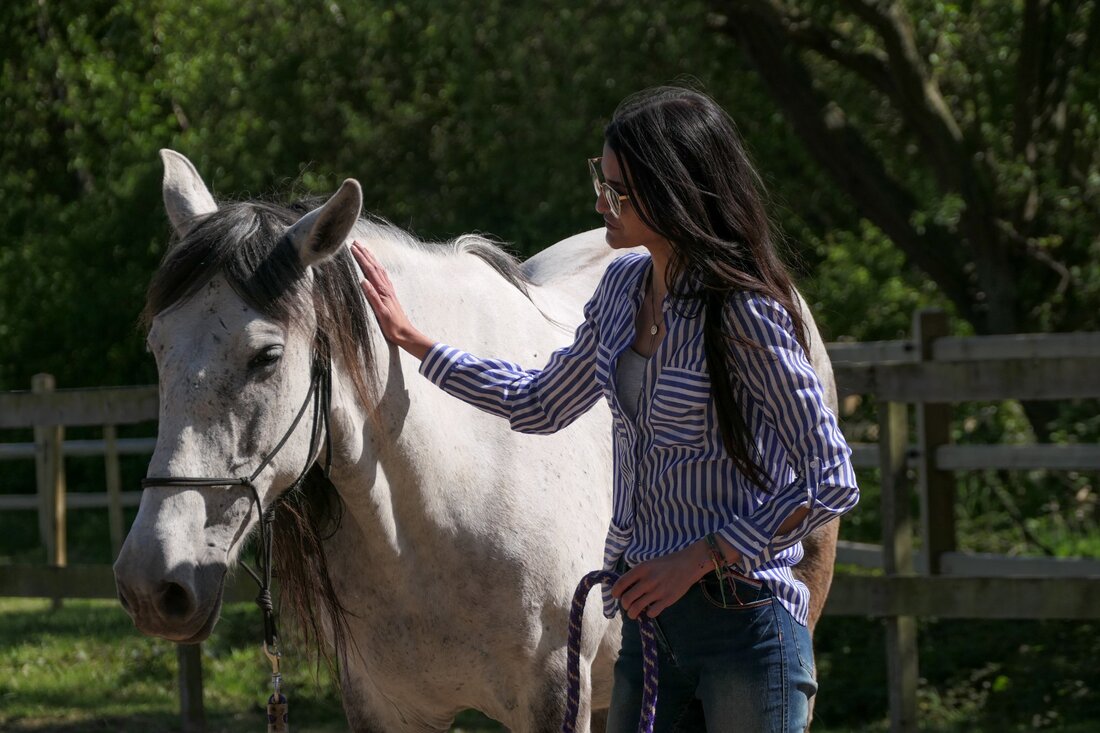
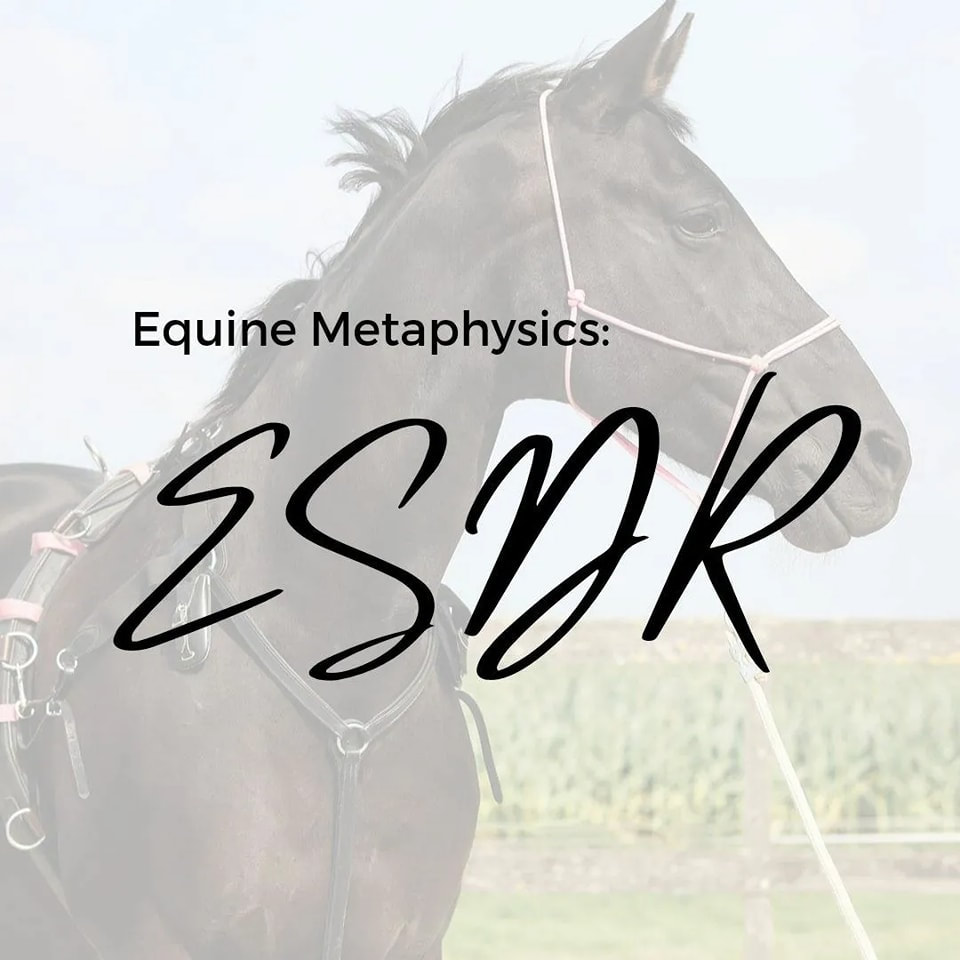
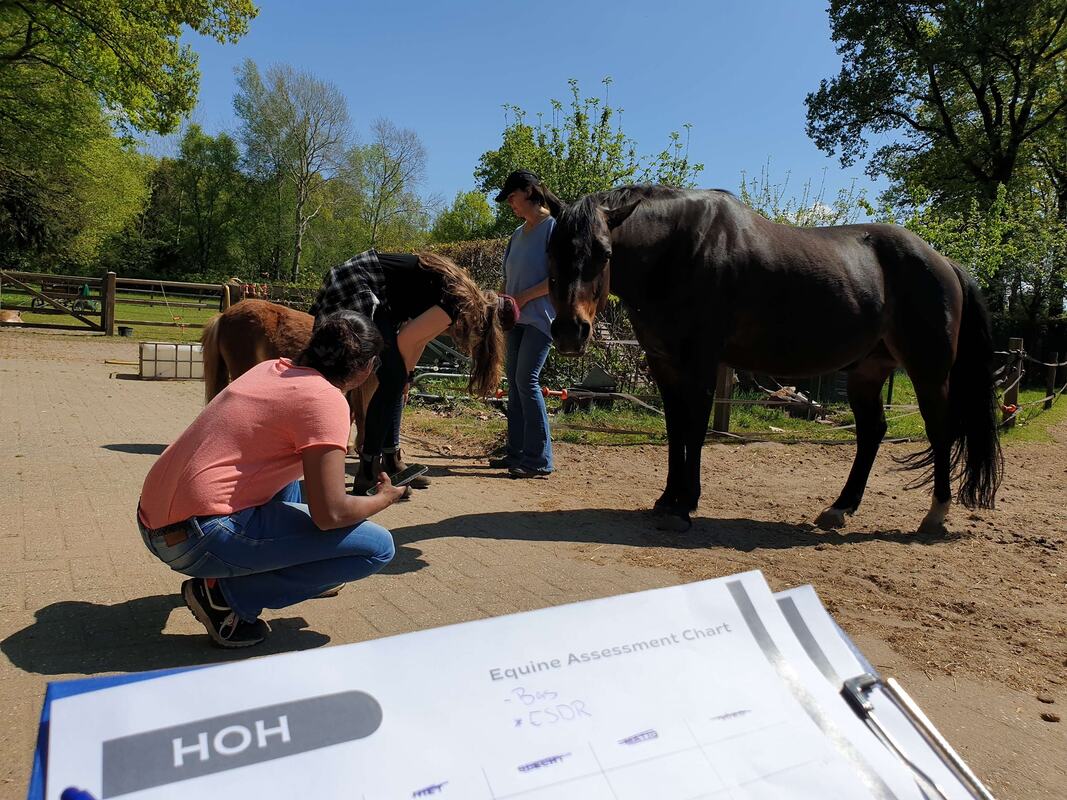
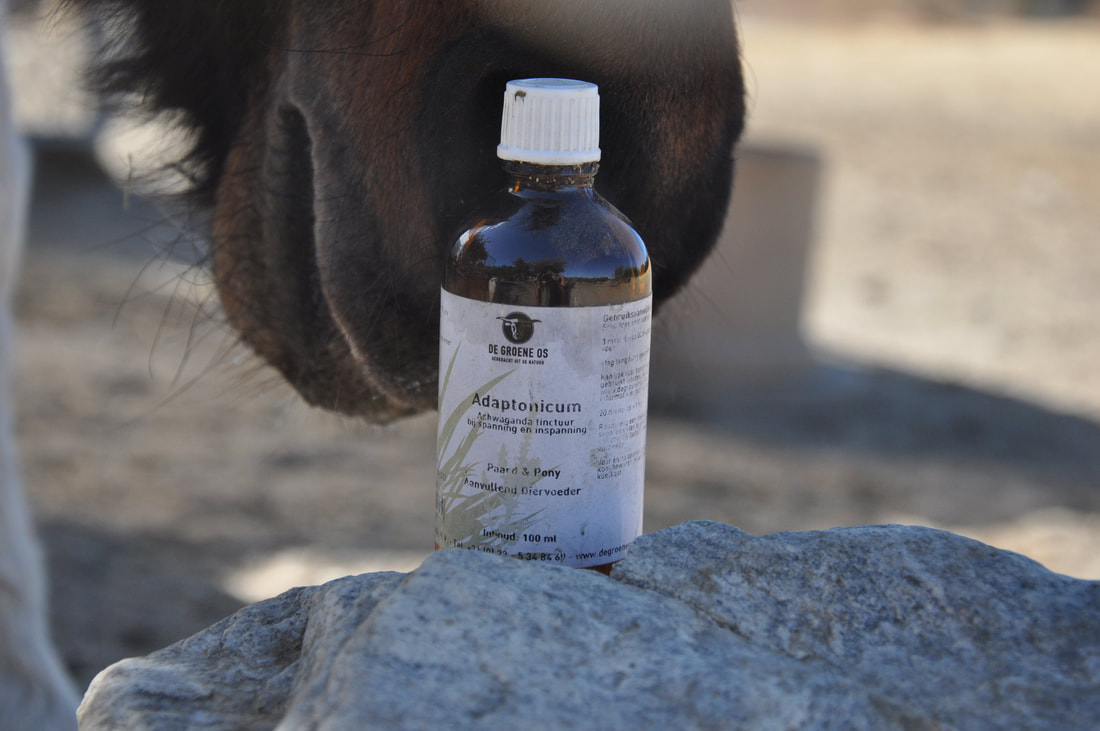
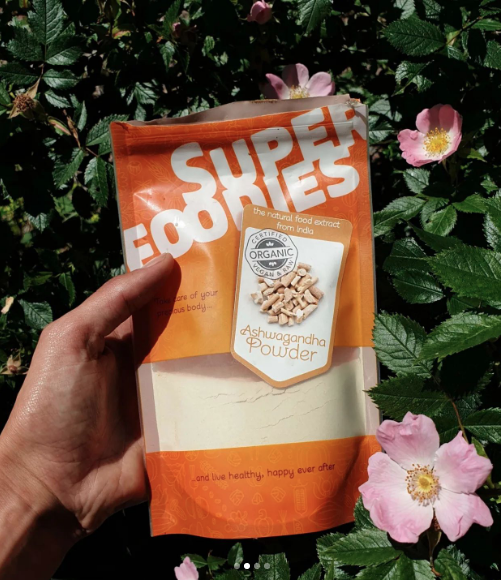
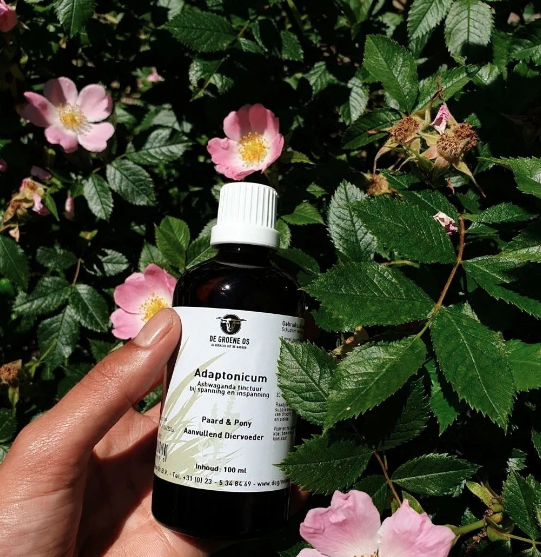
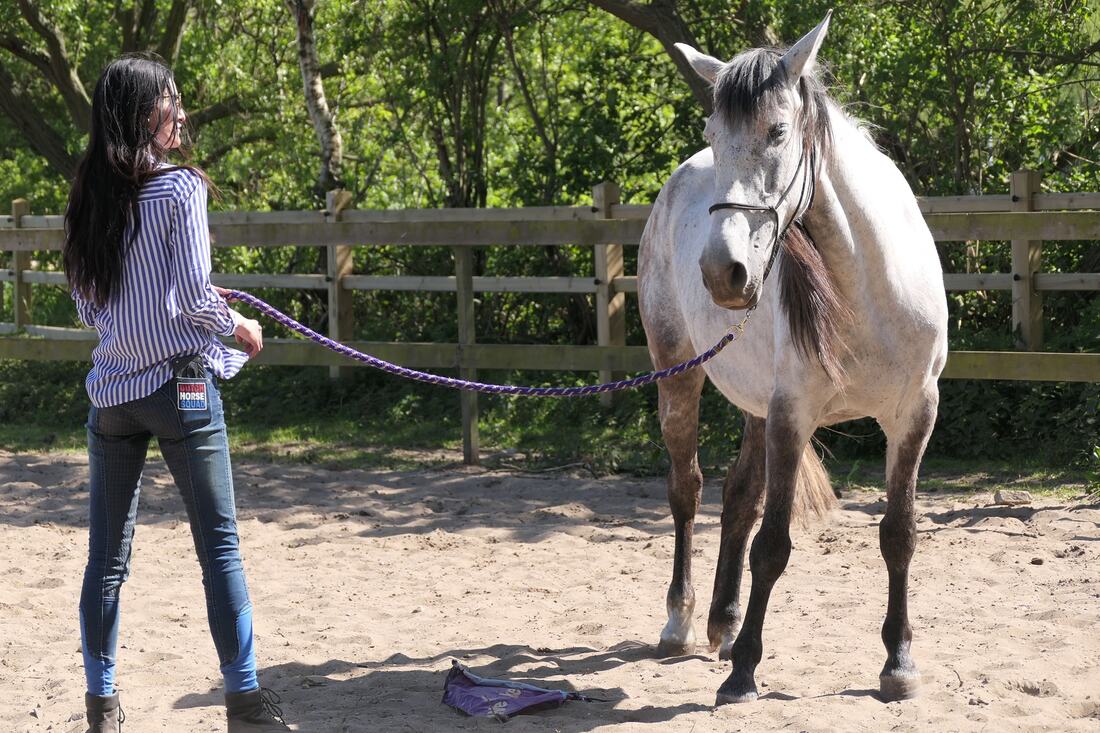
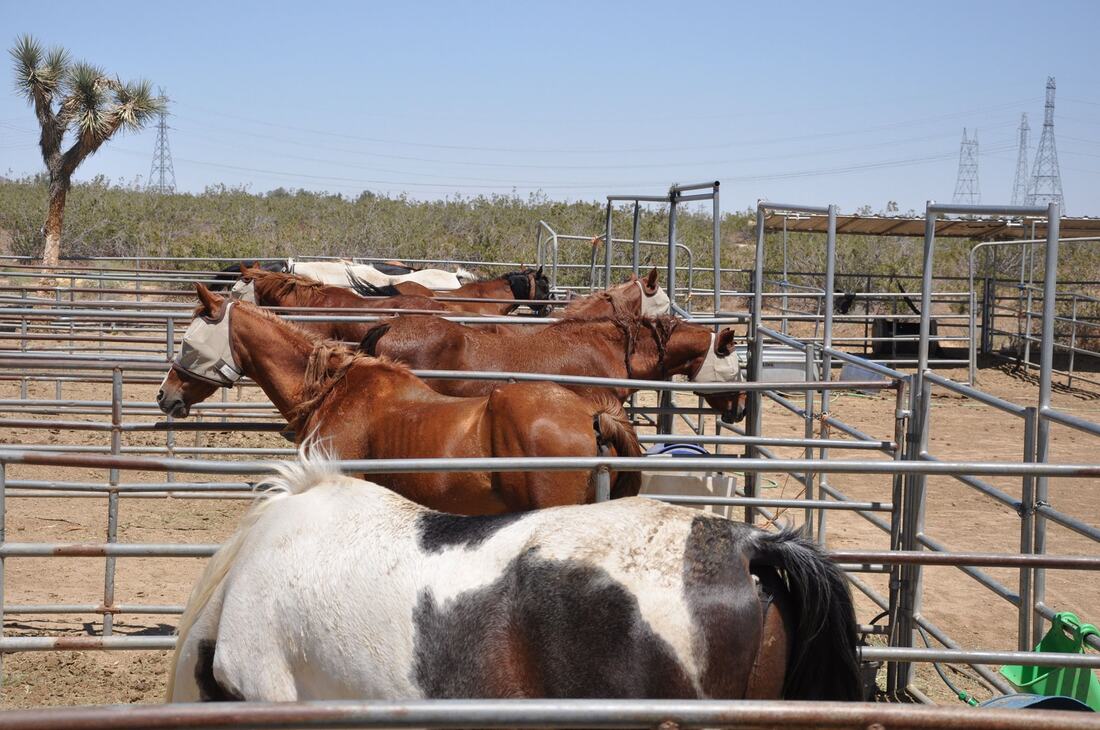
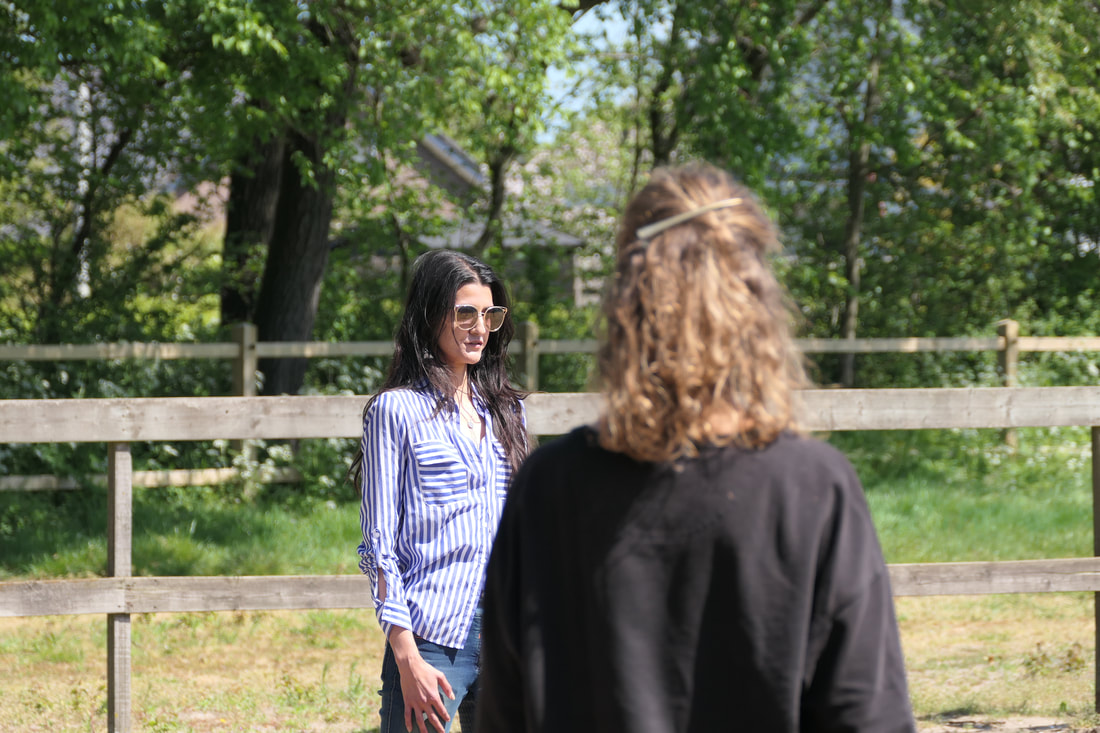
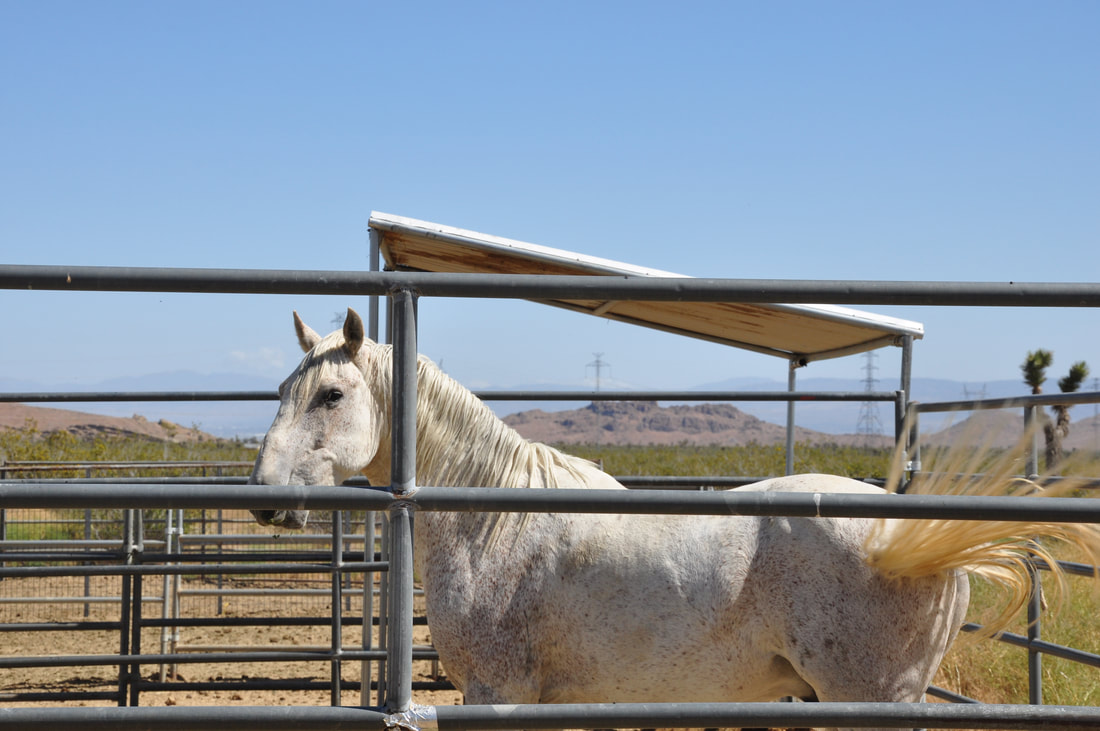
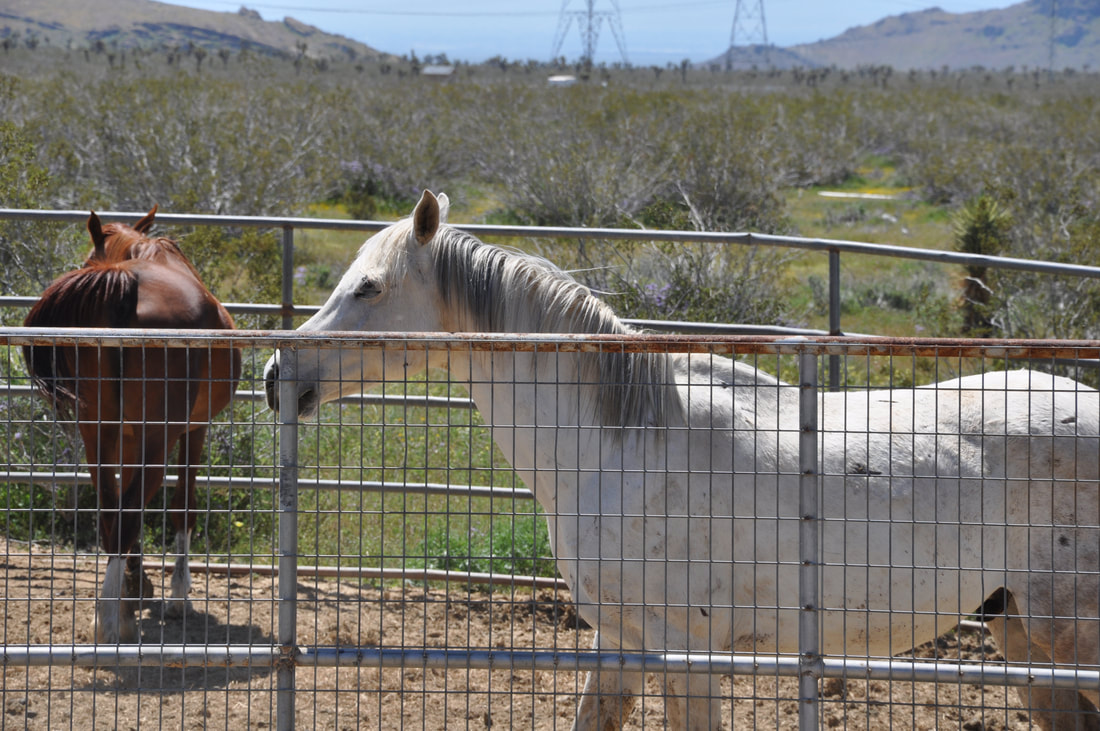
 RSS Feed
RSS Feed

